The Metropolitan Council approved several changes to simplify and lower public transportation fares, slated to start Jan. 1, 2025.
Approved on Nov. 13, the changes include reducing the cost of all-day and seven-day transit passes and allowing Metro Mobility-certified riders to ride for one cent through June 30, 2025.
Non-express buses and the light rail’s full-priced fares will be $2 all day, every day, instead of the fare raising to $2.50 during rush hour. Seniors, Medicare recipients and youth can ride the light rail and non-express buses for $1.
Metro Transit’s seven-day passes will be lowered from $24 to $20. The All-Day passes will cost $2 to $4 compared to $4 to $5 on weekdays and $4 on weekends.
The fare changes come as Metro Transit prepares for its first systemwide upgrade of fare collection equipment in 20 years. The upgrade will eventually allow riders to purchase fares by tapping their mobile phones or credit cards.
“Making transit easier to use is key to growing ridership, and we believe simplifying fares will help do just that,” said Metro Transit General Manager Lesley Kandaras in a press release. “These changes also support our belief that cost should not be a barrier for those who want or need access to our services.”
With the changes in fares, more than 926,000 more rides are expected to come as a result, according to a Metro Transit press release.
University of Minnesota transportation professor Yingling Fan said decreasing fare costs may increase ridership, but removing as many barriers as possible is important.
“Certainly lowering the cost is great, but sometimes there are people out there who need the public transportation most, that even if you lower the cost, there are still barriers to access that particular public transportation mode,” Fan said.
In 2019, Metro Transit ridership had over 250,000 weekday rides, but a year later, ridership decreased to about 60,000 rides. While ridership has gradually climbed to a little more than 150,000 rides as of October 2024, it is still far below pre-pandemic levels.
Second-year University student James Theim said decreasing the fare price will obligate more people to use the transit.
“It's so easy to just walk on without any fares or without paying for it, ride it a couple stops and get off,” Theim said. “It's just so easy to get a free ride, which, some people might need it, but I think it's easy enough, and lowering the fares would also help get more people to pay the fares and more people to ride it also.”
Theim said improving safety by increasing officers on the light rail is another way to increase ridership.
“I think I did hear that they were going to increase like having officers on the light rail, which I think will help make people feel a lot more at ease and not worry about any type of danger,” Theim said.
Fan said she applauds these new changes but would like to see more in the future to remove all barriers.
“It's really unfortunate that the ridership level for Twin Cities public transportation has (not) recovered back to the pre-COVID level,” Fan said. “I think that it's very important that multiple approaches are being used, and I think this fair adjustment is an important step.”


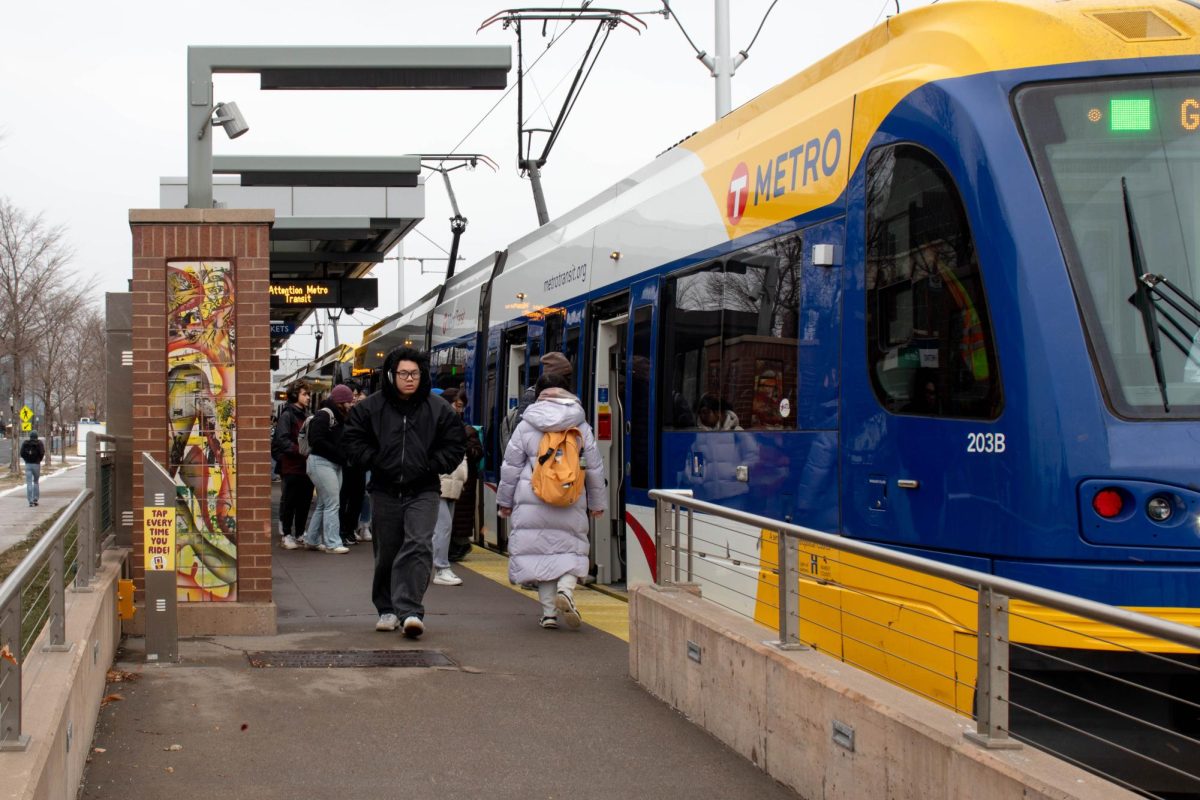






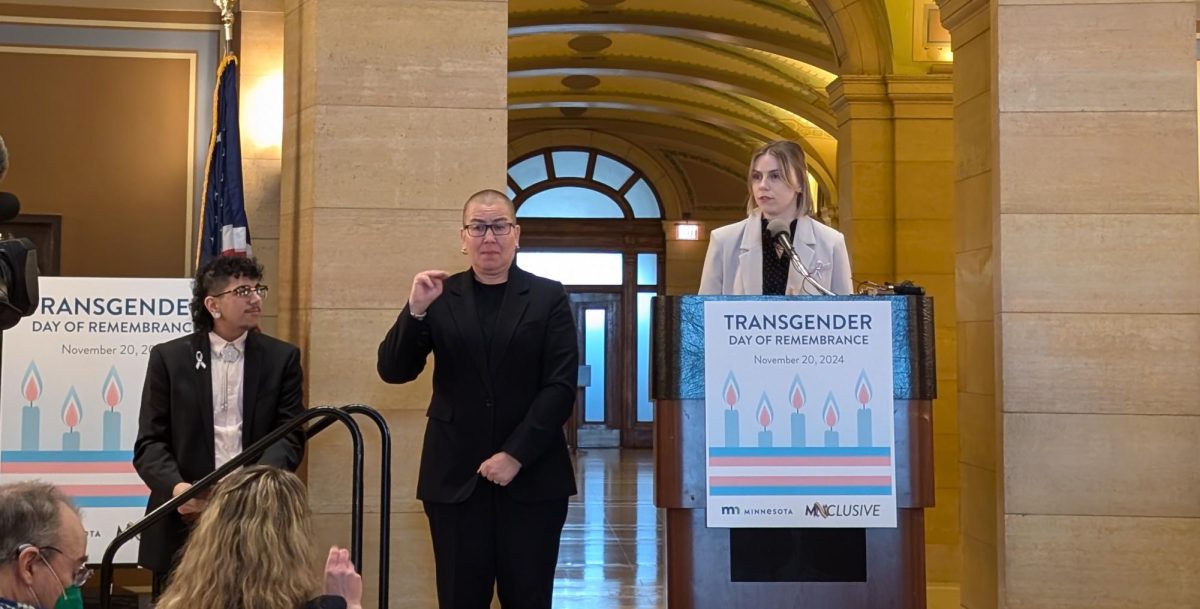

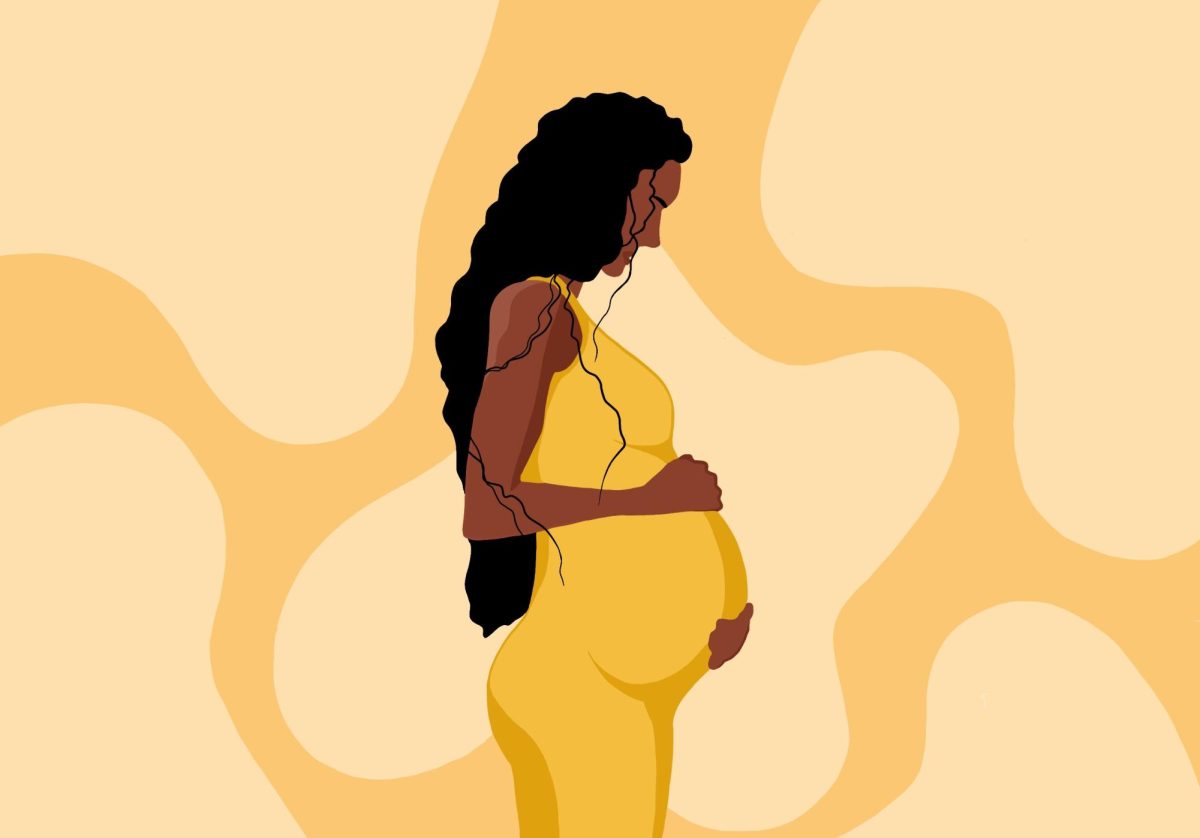
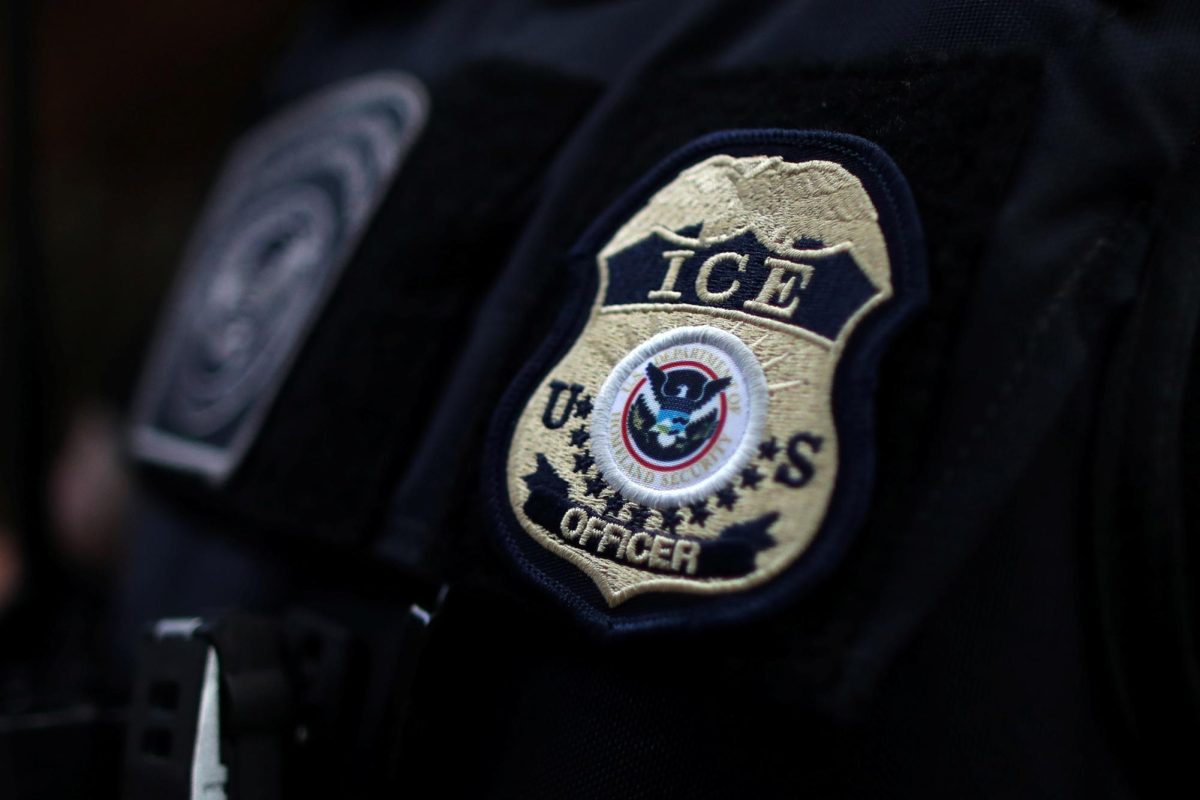
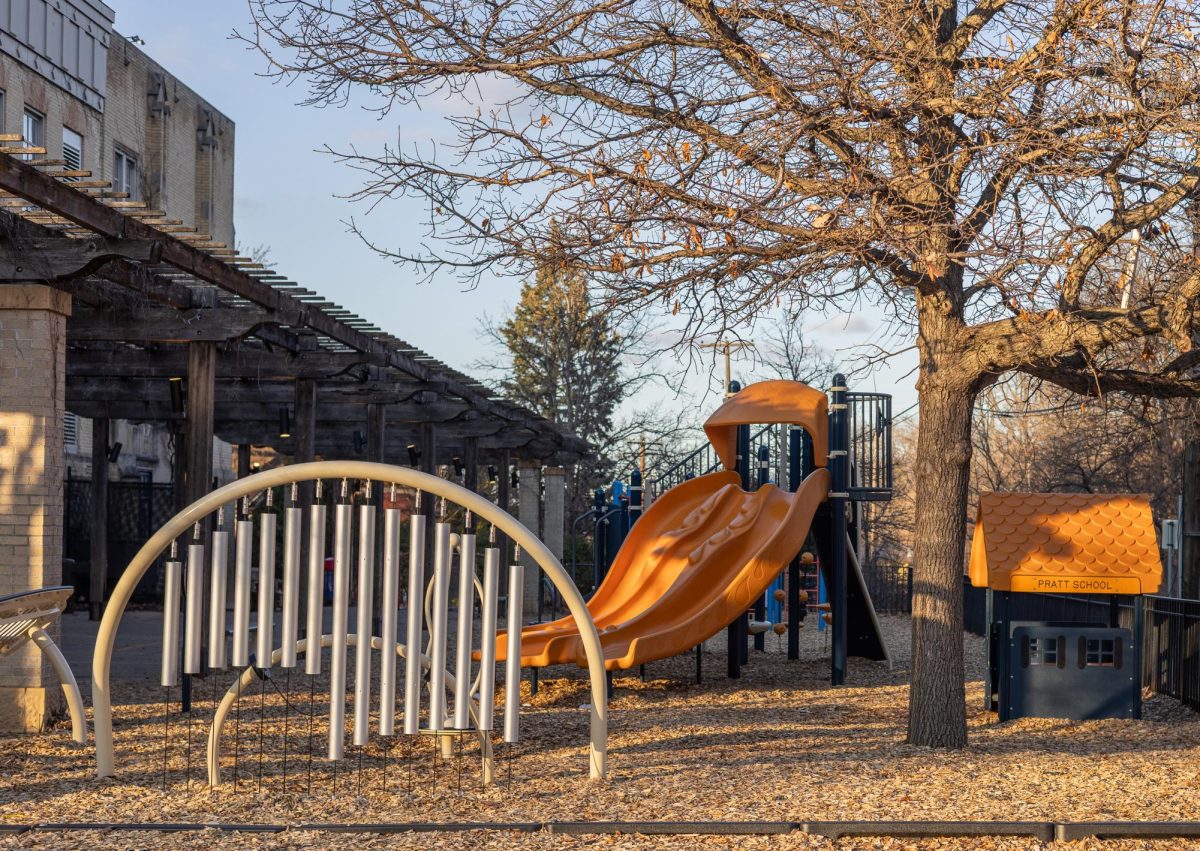

Ridership chart is deceiving
Jan 6, 2025 at 12:23 pm
The embedded chart uses dual scales. If you glance at it, the ridership seems to approach historic highs. Look closely at the vertical numbers [Y axis]. Blue Line ridership is currently down about 50% from historic highs and Green Line is down about 40% over the same period. Was this chart meant to deceive?
No longer the pandemic.
Jan 4, 2025 at 12:41 pm
Let’s stop blaming low ridership on the pandemic and its leftover effects. Low ridership can be mainly attributed to rider safety, either perceived or real. Lowering the fare is meaningless unless something is done to protect patrons from unsafe and illegal activity.